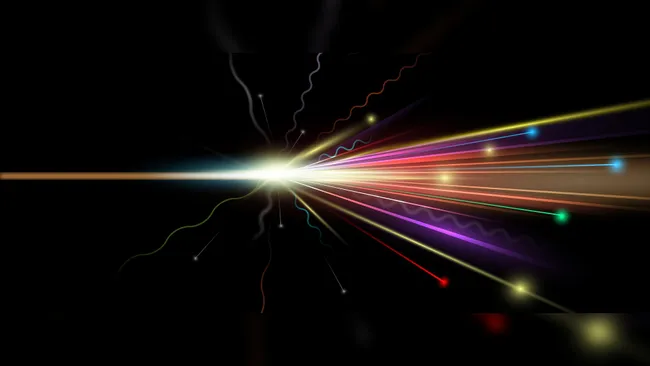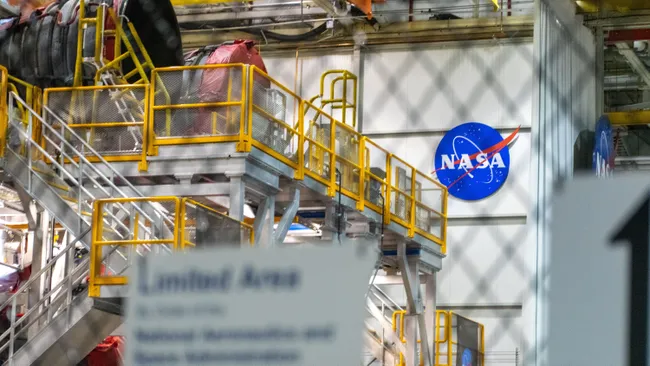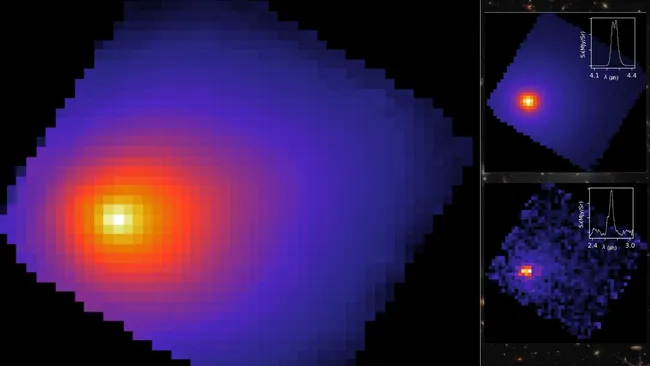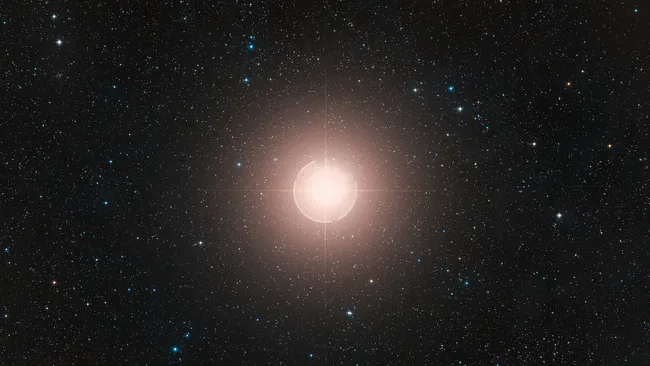Particle accelerators, often called particle colliders or atom smashers, have shaped physics discoveries for over a century. They enabled scientists to uncover the Higgs boson, the particle that grants mass to others. But how do particle colliders work?
In essence, these machines accelerate subatomic particles to near-light speeds before smashing them into targets, usually atomic nuclei. The goal is to observe new states of matter and phenomena invisible under normal conditions.
To grasp the scale, physicists use “barns” as units of measurement — a square just 10 femtometers across. The playful name dates back to the 1940s, inspired by the phrase “as big as a barn.”
Early accelerators were straightforward: electrons were fired through a cavity filled with electric fields, smashing into targets. In fact, CRT televisions, once common in households, acted as miniature accelerators. Electrons shot across the tube, hitting phosphorescent screens to create moving images.
Linear accelerators (linacs) expanded on this idea. By stringing multiple electric chambers together, particles gained immense energy step by step. Today, the SLAC National Accelerator Laboratory outside San Francisco operates a linac stretching 2 miles (3.2 km).
Linacs also fuel practical applications worldwide. They power X-rays for dentists, proton beams for targeted cancer therapy, ion implantation for semiconductors, and even polymer processing for durable tires.
But scientists sought infinite acceleration. The solution: bend the path into a circle. Circular accelerators, or synchrotrons, use powerful magnetic fields to keep particles looping. Yet relativity complicates things: as particles speed up, they gain effective mass, requiring ever-stronger magnets to maintain orbit.
The most advanced synchrotron is CERN’s Large Hadron Collider (LHC). Its 27 km ring, packed with 36,000 tons of magnets chilled to near absolute zero, accelerates protons to 99.9997828% the speed of light.
At peak energy, two opposing beams collide head-on at 14 tera electron volts. While tiny compared to a thrown baseball’s energy, the collisions concentrate unimaginable densities into microscopic spaces. These conditions mimic the universe’s first moments after the Big Bang, birthing short-lived particles and revealing the fabric of reality itself.
That’s how particle colliders work — from humble CRTs to the monumental LHC, they’re machines that let us peek into the deepest laws of nature.







